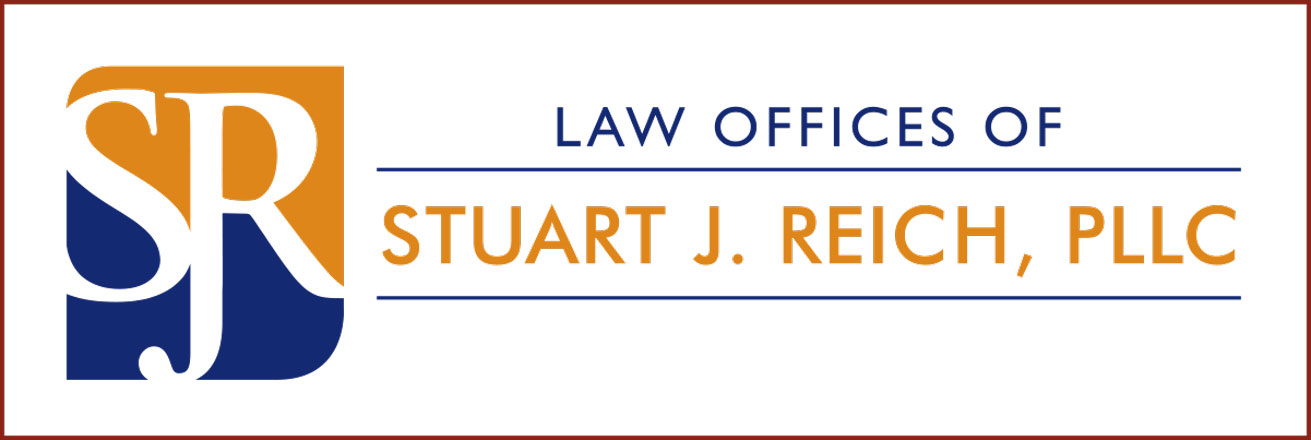11 Broadway, Suite 615 New York, NY 10004
USCIS Provides H-1B Cap Season Premium Processing Guidance, announces H-1B Data Hub
On March 19, USCIS announced how it will handle cap-subject Premium Processing cases for the Fiscal 2020 cap season. The agency had announced on March 12 that it will bring back the premium processing service for all H-1B petitions, after the past year during which this service had typically been under a moratorium for various types of H-1Bs, on and off.
After confirming that it will begin accepting Fiscal Year 2020 cap petitions on April 1 (and reminding us of the new regulation changing the order of the selection process), the Service announced a new, two-phase approach to how they will handle premium processing cap H-1Bs. Such cases will be divided into cases requesting a change of status (such as F-1 students already here and working for the employer under OPT who seek to change to H-1B status as of October 1), and all other cases.
For first-phase cases requesting a change of status and submitting the I-907 form and fee with the initial filing, premium processing will begin no later than May 20, 2019 – USCIS will announce the exact date at a later time before premium processing begins for these petitions.
For all other cases, premium processing will begin sometime in June. Again, USCIS will announce the exact start date at some later point.
Where an I-907 form and the appropriate fee has not been submitted with the initial filing, converting the case to the premium processing track will not be possible until the service has begun for the first-phase cases; USCIS will reject stand-alone I-907s and fees received before that point.
It had been several years since premium processing was available, and when it had been there was a typically a single date – later than the April 1 date of actual receipt of most of the cap-subject petitions – from which the 15-day premium processing period would be counted. Any cases submitted with the I-907 form and fee would have to be at least initially processed within 15 days of that date. This resulted in a huge burden for officers handling premium processing, and an unreasonable pressure on them to take some action.
The new two-phase system is likely a relatively reasonable way to address the issue while allowing access to premium processing overall.
As part of the same announcement, USCIS discussed the availability as of April 1 of a new “USCIS H-1B Employer Data Hub” on the uscis.gov web site. The new system will allow anyone to search for H-1B petitioners by company name, city, state, or zip code, fiscal year of petition or NAICS code.
The stated goal is to increase transparency, though it may simply be to allow shaming of employers for using the program. That said, the Department of Labor has long had the ability to allow searches for companies filing Labor Condition Applications.
Ultimately, the group most helped by the new system may be the potential H-1B beneficiaries (often F-1 students seeking post-graduation jobs) who are searching for an employer who might be willing to petition for an H-1B on their behalf.
